Natural History Museum of London
Eighty million natural history specimens call this gargantuan museum home.
Established in 1881, the Natural History Museum of London has an impressive 70 million specimens in its stately walls.
Based on the collection of Sir Hans Sloane, the museum now includes such star wonders as Archie the Giant Squid who resides in the Darwin Centre Spirit Collection of jarred specimens (Archie can’t be in the main museum as its weight would cause it to crash through the floor), as well as a cursed amethyst and a piece of Kryptonite. Some of the specimens were even collected by Charles Darwin himself, a statue of whom sits in the main hall near a replica of a Diplodocus donated by Andrew Carnegie.
The building was constructed with terracotta tiles in order to resist the soot in the air of Victorian London, with the west wing and the east wing are adorned with images of living and extinct species, respectively. However, you may note a coelacanth in the extinct animals wing, as it was of course only recently that ancient fish was revealed to still be living on our planet.
In 2015 it was controversially announced that the popular diplodocus skeleton in the main hall (it can be seen in one of the photos) would be removed on the grounds that it was not a genuine skeleton. This resulted in a well supported “save Dippy” campaign, but the decision stands to give pride of place to the real skeleton of a blue whale.
As such, in 2017, a blue whale skeleton was hung from the ceiling. The sea creature, which had been injured by whalers, was found beached in Ireland in 1891.
The museum is also a fully functional laboratory, with more than 300 scientists working in a variety of fields related to biology & geology. Taking a behind the scenes tour or visiting the newly renovated Darwin Centre Cocoon you can see them at work. The building also contains a massive research archive, library, and operational labs.
Know Before You Go
The Queen's Gate entrance is best for visiting Dinosaurs, and the Exhibition Road entrance is best for Wildlife Photographer of the Year and Volcanoes and Earthquakes.
The Natural History Museum organizes "Lates" with talks/lectures, exhibitions, and visitors being able to visit the galleries after dark, making for an atmospheric experience.
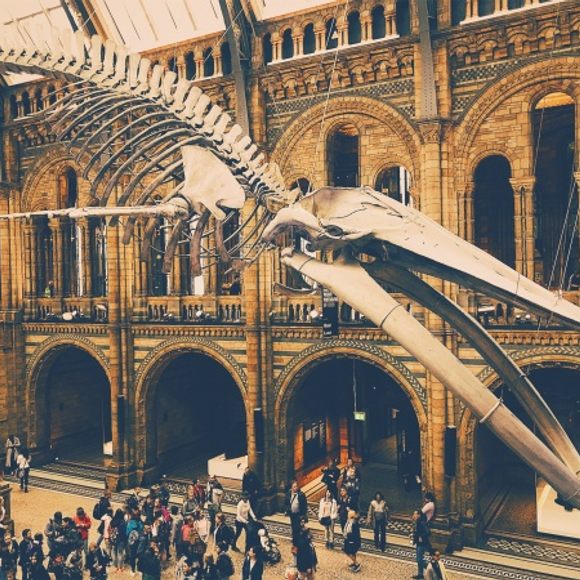

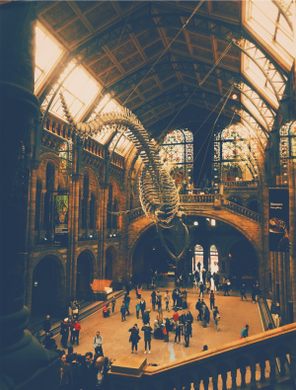



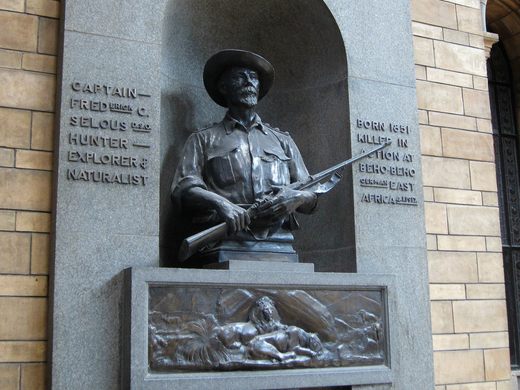

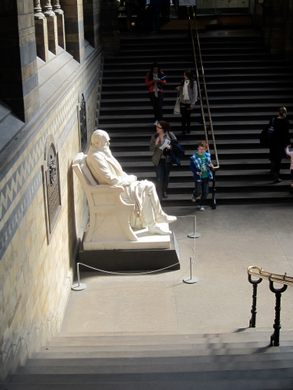
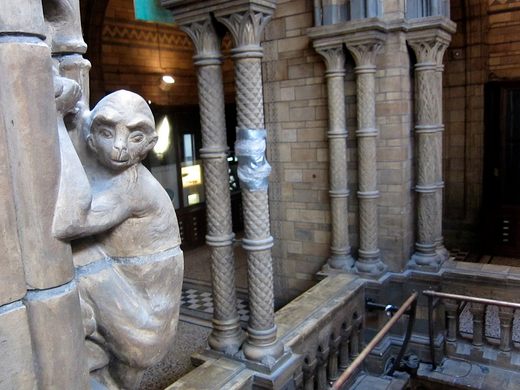

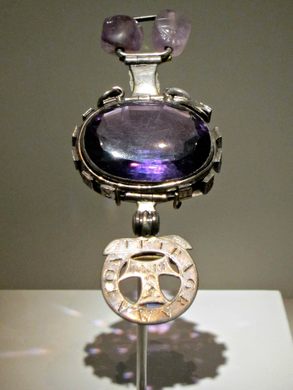







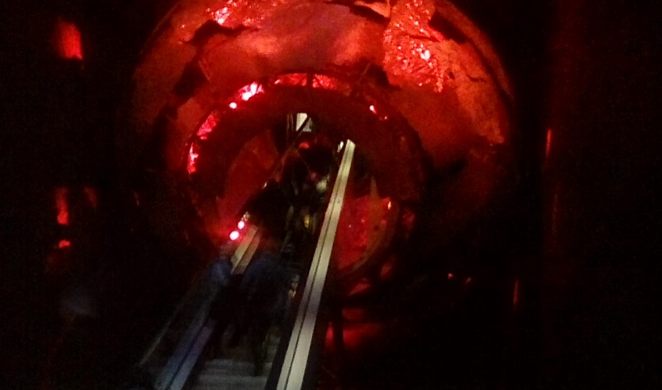












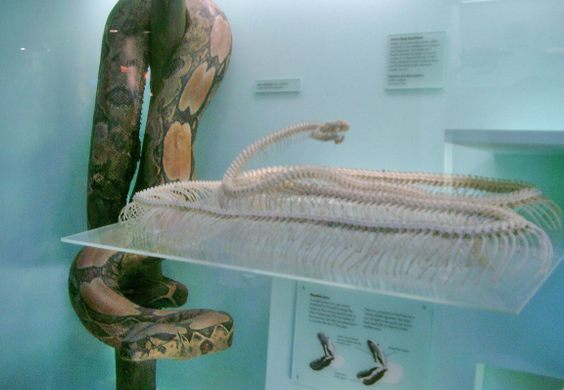







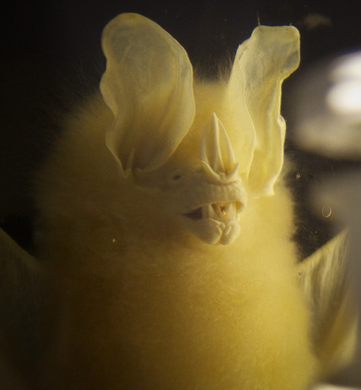
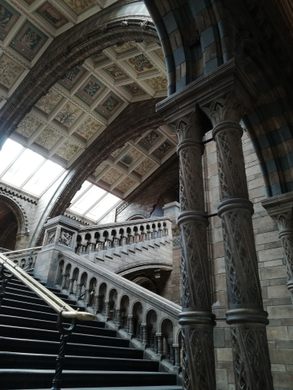
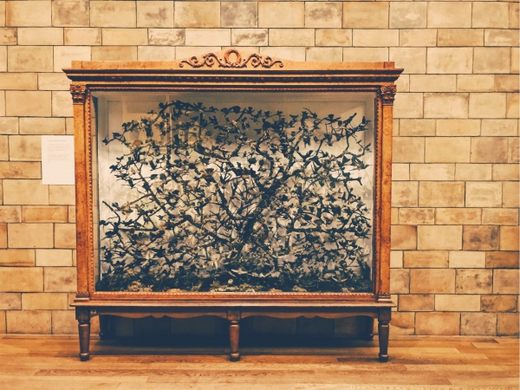
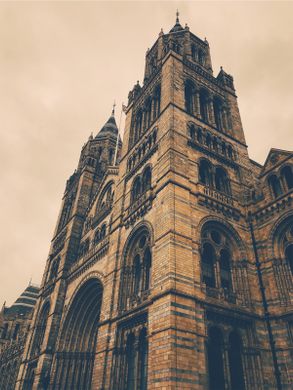














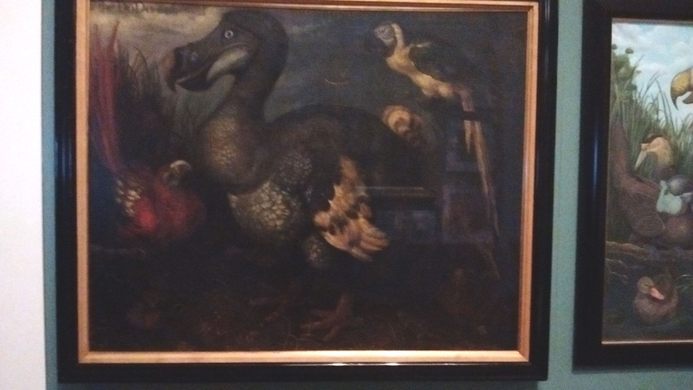

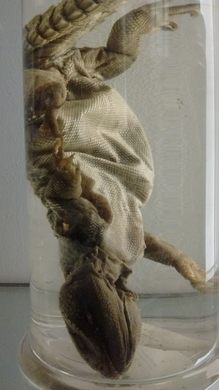








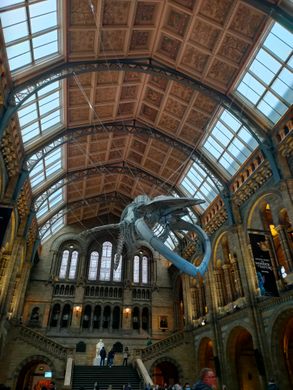




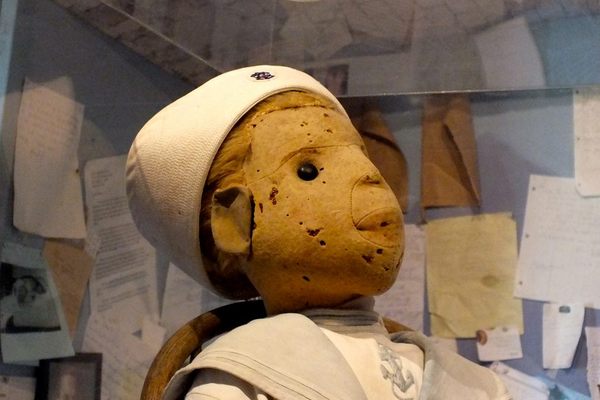



















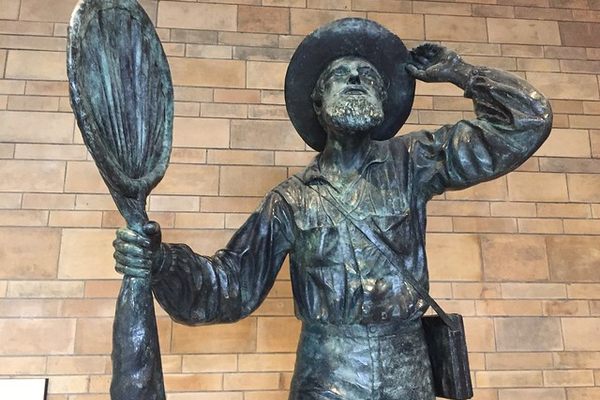


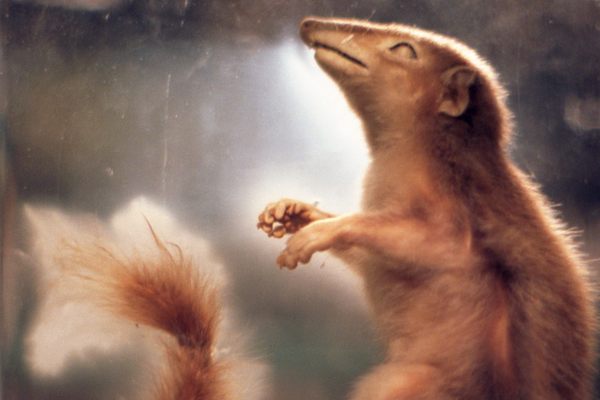


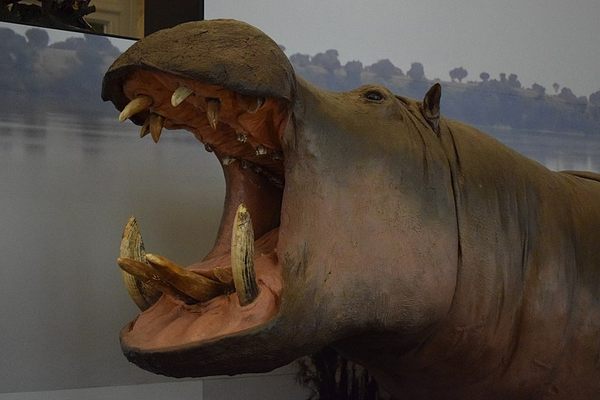


Follow us on Twitter to get the latest on the world's hidden wonders.
Like us on Facebook to get the latest on the world's hidden wonders.
Follow us on Twitter Like us on Facebook